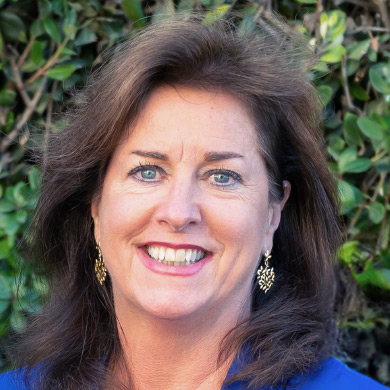In vetoing the inclusionary housing bill AB1229, Gov. Jerry Brown drew on his first-hand experience with such proposals: “As mayor of Oakland, I saw how difficult it can be to attract development to low and middle-income communities. Requiring developers to include below-market units in their projects can exacerbate these challenges, even while not meaningfully increasing the amount of affordable housing in a given community.”
Our Oakland-based Independent Institute worked closely with then-Mayor Jerry Brown when it was proposed that Oakland join other Bay Area cities in mandating “inclusionary zoning” quotas. Senior Fellow Benjamin Powell, who served on Mayor Brown’s Blue Ribbon Commission, cited his research, which shows that over a 30-year period cities that adopted inclusionary zoning mandates saw a 20 percent jump in housing prices and a 10 percent decrease in the number of new units built.
In contrast, Willard Garvey, having started his career building affordable houses for the flood of GIs returning from World War II, turned his energies in the 1950s to realizing his dream of “Every Man a Homeowner.” He built houses for low-income families in countries ranging from Mexico, Colombia and Peru, to India, Morocco and Thailand. With local partners, and relying on local labor, Garvey’s World Homes constructed thousands of homes in safe, ordered neighborhoods, and sold them under a previously unknown American-style mortgage scheme, with low, affordable monthly payments. While the new homes were purchased by the nascent middle class, the homes they had vacated became available to those even poorer.
The most basic law of economics holds that a rise in supply results in a decrease in prices—and this is what Garvey’s home buyers experienced.
In the California communities that have adopted inclusionary zoning laws over the past 30 years, the inverse of the law has been demonstrated: where prices are held artificially low, supply decreases, driving prices of all homes higher. Our economists estimated that inclusionary housing laws drove median price of homes in Bay Area communities with such laws up by 8 percent; while in Los Angeles and Orange counties, inclusionary housing mandates increased median home prices by 12 percent. In overlooking the record of such legislation, California politicians promoting “affordable housing” mandates today are perversely feeding housing shortages.
Fortunately, Brown carried the lessons he learned in Oakland to the state capitol. To further the task of helping the citizens of his state challenged with finding homes they can afford, he would do well to free California builders to add to the supply of housing, regardless of the price they hope to charge. It may not make an appealing political sound bite, but at the end of the day the poor, especially, would be better served.







